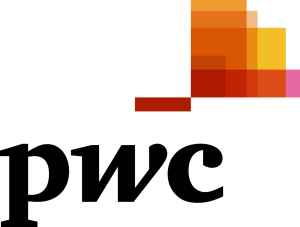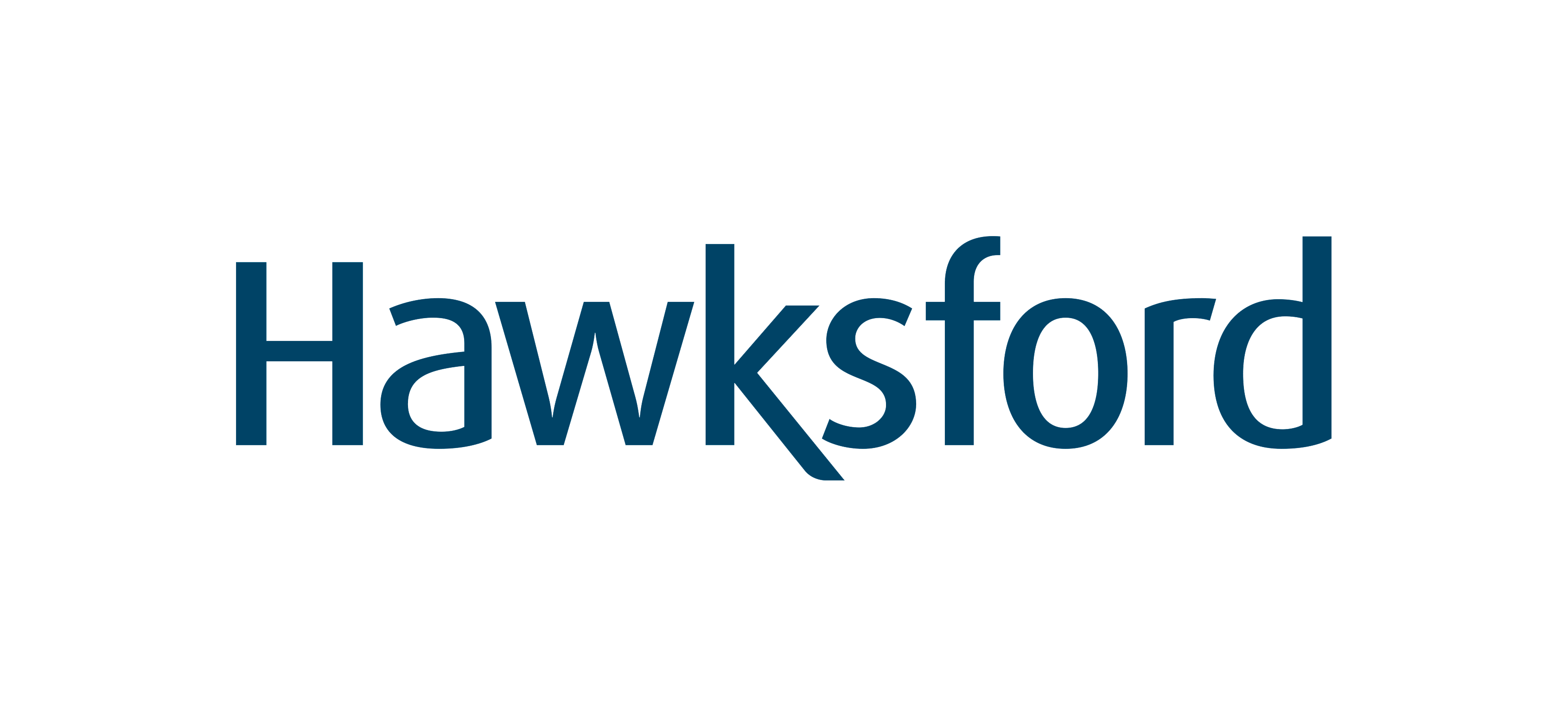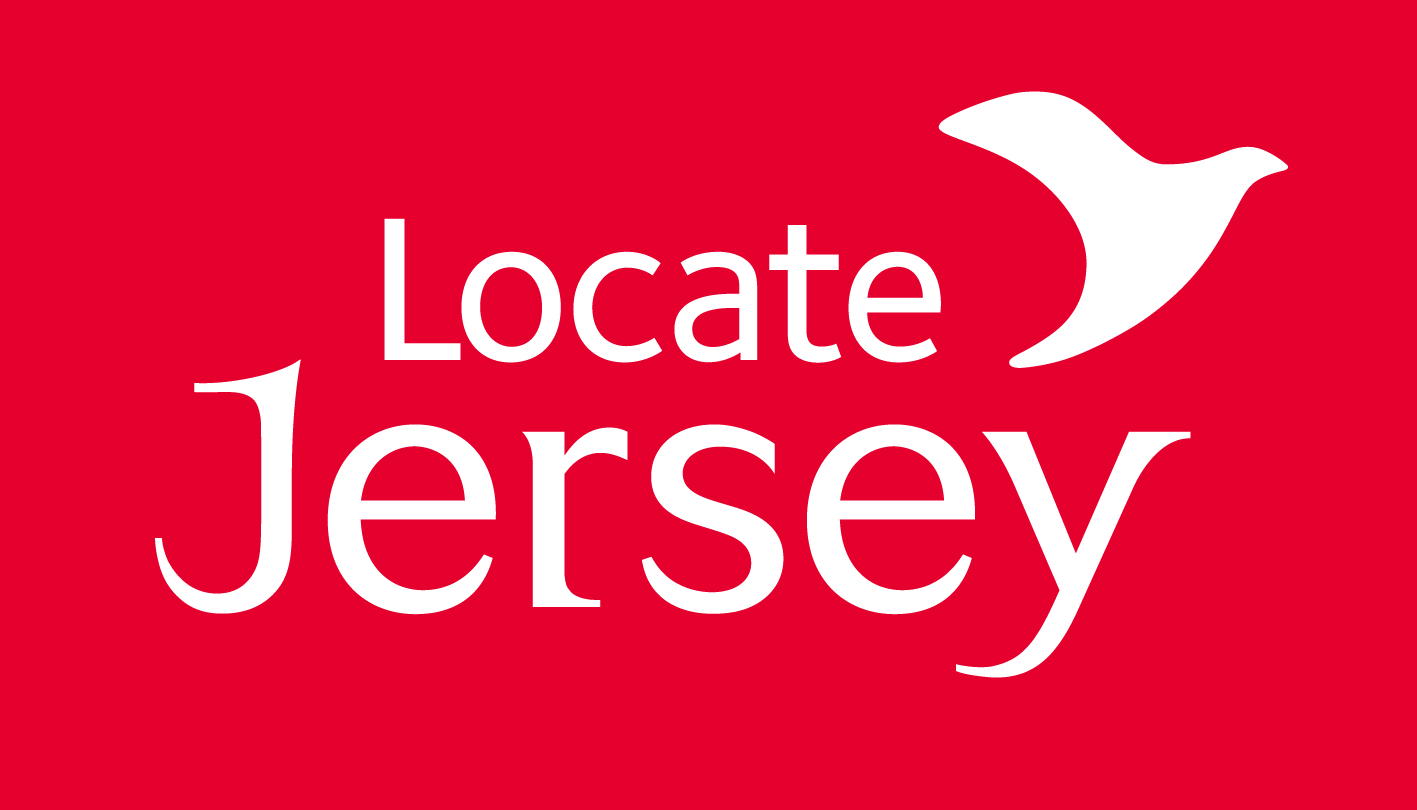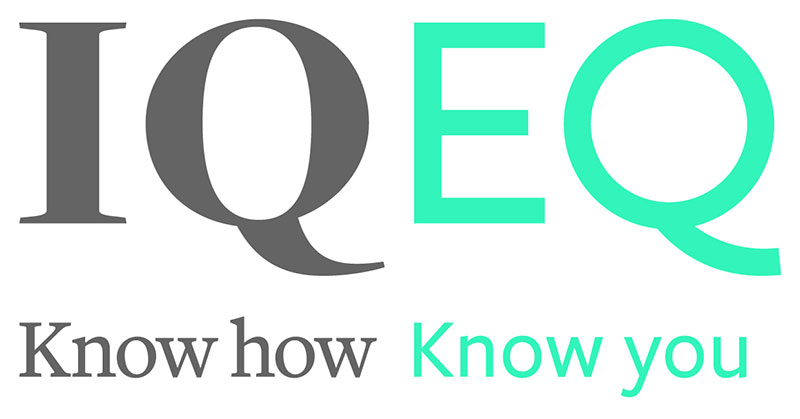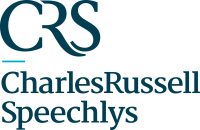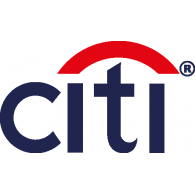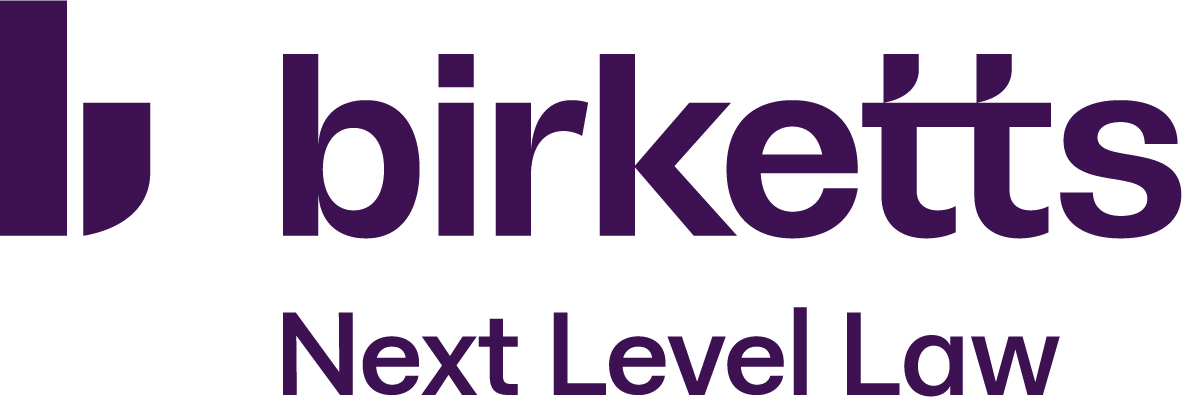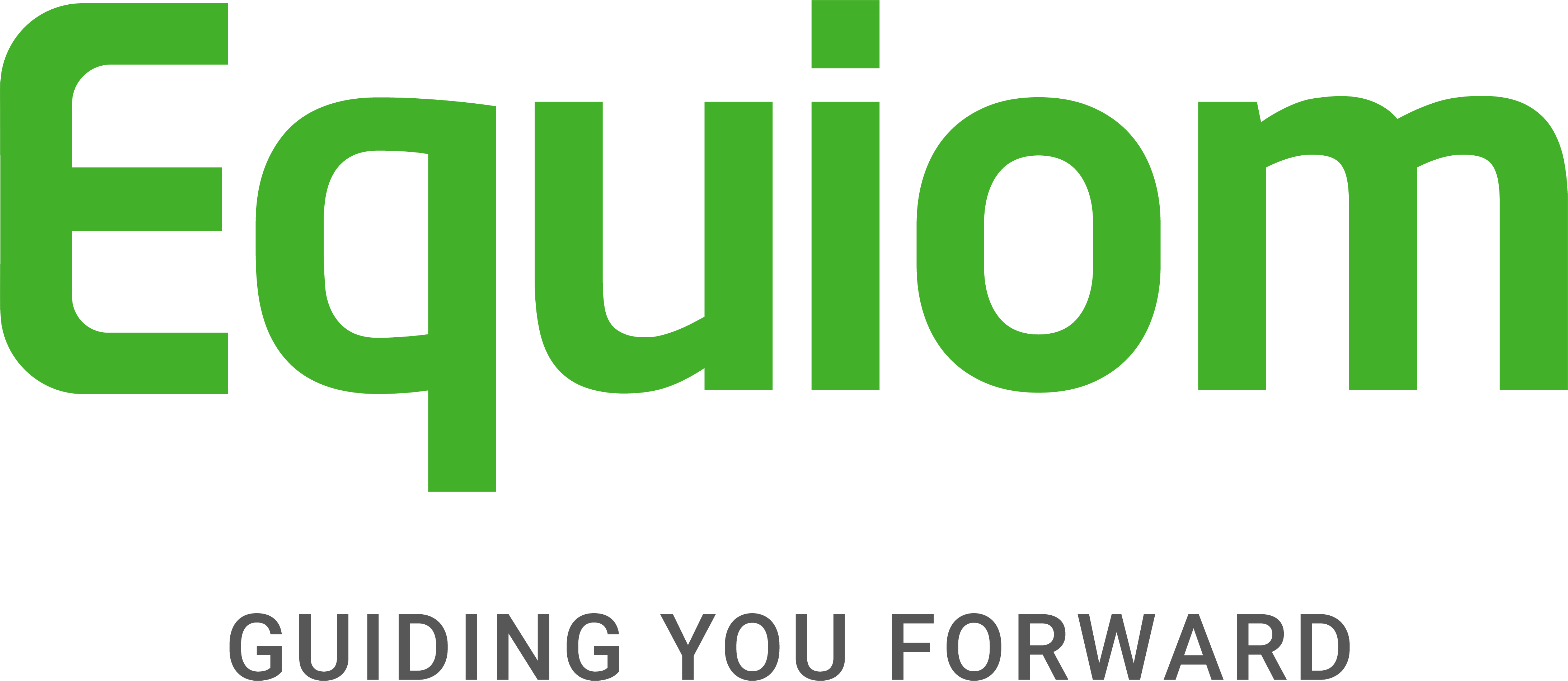Art-Secured Loans – Why Owners of Art Increasingly Look to Monetise Their Art Assets
by Freya Stewart, CEO Art Lending, The Fine Art Group

In their 2017 Art & Finance Report, Deloitte estimate that the global value of art-secured loans in 2017 was $17-20 billion, which represents a 13% growth from 2016. This follows a similar reported growth trend in this sector over the past several years. The growth in the art-secured lending market has been driven by both an increase in demand from owners of art and an increase in supply of the product, particularly from the wealth divisions of investment banks and specialised art secured lenders, such as The Fine Art Group.
There are many and varied reasons why collectors and owners of art are increasingly using their art as collateral to raise finance, and precisely why people borrow against their art at a particular time varies widely depending on the individual circumstances of each borrower, however, borrowing rationales can broadly be categorised into two groups: borrowers who have an immediate liquidity squeeze and borrowers who are strategically releasing capital from their art for some other investment purpose.
The auction business famously revolves around the so called "3 Ds" - death, divorce and debt. These circumstances also present significant motivations for borrowers raising finance against their art. A specialised art-lender that solely looks to a borrower's art as their loan collateral (and not the credit position of the borrower more generally) can provide borrowers in such circumstances with a fast and easy solution to their liquidity needs. For example, providing fast capital to settle inheritance tax bills or divorce settlements, or paying medical bills, in each case without necessarily having to sell the art, or at least buying the owner more time to properly consider and arrange for the most effective sale strategy for such art work. In such cases, short term loans against art can provide bridge financing until a suitable sale opportunity (be it private sale or auction). For example, there may only be two or three suitable auction sales a year for a high value Picasso, and private sales can also take a number of months to conclude. High value art is by its unique nature relatively illiquid, and borrowing against it rather than fire selling it at the point of a personal liquidity squeeze is often the better solution.
During at least the last decade, the investment rationale for buying art has become an increasingly important purchase motivation. As a real asset, art is increasingly used as a value store for wealth preservation, whilst offering long term protection against inflation. Owners of art who are increasingly sophisticated and investment focused are, arguably, more naturally inclined to leverage their art, as they do with many of their other assets (property, investment portfolios etc). With a more sophisticated financial approach to buying and owning art, these types of collectors borrow against their art to invest in other investment opportunities, which can include buying more art, investing in real estate, seeding investment funds, or, if they are entrepreneurs, investing in and providing capital for their business ventures. The art trade (dealers, galleries and even auction houses) increasingly consider releasing valuable working capital from their stock by way of art secured loans.
Observers and potential investors in the art-secured lending space are often surprised to learn that important and very high net worth collectors use their art as collateral for loans. Why, some observers ask, would such high net worth collectors need to do this? In addition to the general strategic leverage and release of investable capital motivations referred to above, UHNWIs often wish to segregate their asset pools and use their existing art collection to buy more art, rather than dip into their more traditional investment portfolios to satisfy their art buying.
Looking forward, the existing trend for collectors, dealers and owners of art globally to increasingly use their art as loan collateral will undoubtedly continue, given the increasing sophistication of collectors, the increasing awareness of the product and its uses, and, perhaps, the generational shift in attitudes towards leverage, which is arguably more commonly accepted as a smart and logical financial instrument, even in the context of art. It is certainly an exciting time to be a specialised art- secured lender operating at the top end of the market.
To find out more about The Fine Art Group please visit their website www.fineartgroup.com
Sponsorship
Find out why leading brands in the private client industry are partnering with PCD to raise their profile, make connections and drive new business.
Membership
Find out how you can participate in the leading club for international private client advisors and unlock opportunities around the globe.

